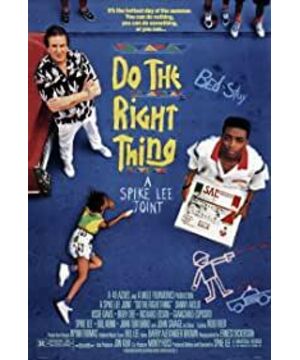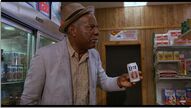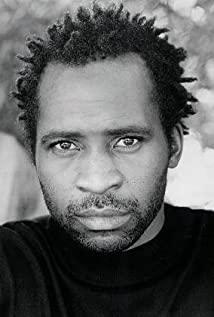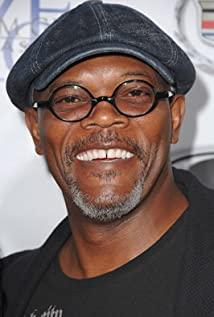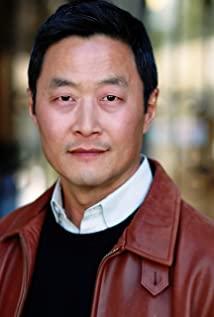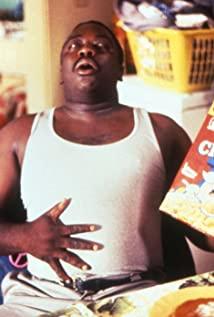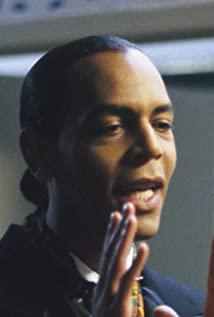Race issues have been a major social problem in the United States from ancient times to the present. The damage it has brought to the United States economy, culture, and social culture is difficult to repair. In the 1960s alone, there were as many as three huge racial riots in the United States. Whether it is whites’ resistance to the lifting of apartheid or blacks’ anger towards police violent enforcement, these have made racial films a major motif in American movies.
"As It Should Be" is a drama about a race conflict directed by the famous American black director Spike Lee in 1989.
The reason why this film can only be defined as a feature film for the time being and it is difficult to distinguish its specific genre is because its form basically breaks the classic narrative model of Hollywood's use of events to promote the story, and adopts the narrative strategy of paving the tension of drama with characters. The director randomly collages seemingly unrelated scenes and fragments to form multiple narrative clues, and simultaneously shapes characters. Each clue develops independently until about two-thirds of the film. The "Suo" incident converged at one point, bursting out a strong dramatic tension.
However, this technique did not start with Spike Lee. It is this method that the master of group play scheduler Robert Altman is famous in the history of film, including ten years later, "Magnolia" also won gold with similar plot arrangements. Bear.
"For As It Should Be" sets the story in a black community in Brooklyn. The director is very smart about the vacuuming of the social environment. The narrative is open and the space is closed. A block of several fixed scenes is all. The plot, and the isolated external world, implements the macro theme into the specific situation, and sees the big from the small. This can be counterpointed in "Dog Town".
The conflict centered on a pizza restaurant opened there by a white Italian-American Sal and his two sons. One of Thrall’s sons has a strong tendency to racial discrimination. Although Thrall himself does not discriminate against blacks, the film deliberately emphasizes his racial superiority. He treats the blacks around him like God treats all beings.
Regarding the director's portrayal of other representative black characters in the neighborhood, there is Mucci, who works hard in the pizza restaurant but has always been in the bottom of his position. From the perspective of the role and the character itself, he is the relative protagonist, and there are old blacks who are kind to others and brave and brave; race; The self-esteem "money worshiper"; the hostile "broadcast man" who carries the radio all the time; the fool who "sells" the photos of Malcolm and Martin Luther King Jr. everywhere.
The director did not set up villains in the traditional sense among these people, but connected a "violent chain". Each link of the chain became a necessary condition for the occurrence of the final disaster, and with a rational and objective attitude, he pointed out the absurdity of racial issues. Nature.
"Paying for money" was dissatisfied with Sal’s pizza shop for only displaying white photos. After the complaint, he was expelled by Sal. So “for money worshiping” brought the radio man and the seditious fool to the pizza shop to "beg for explanations", which caused conflicts. When the police suppressed the conflict, the violent radio man was killed by mistake. At this time, Mucci, who had been suppressed for a long time, smashed the pizzeria glass and "ignited" the violence of all blacks. The incident ended in the pizza restaurant being burned. Ironically, it was the fool who often talked about Malcolm and Martin Luther King who set the fire.
The behavioral motives of each character are simple and independent, and even more selfish. To some extent, racial awareness has become a "shield". And each character has been laid out, and they are all complete and coherent. It is difficult for the audience to completely oppose them, and even sympathize with them.
The climax of the strict adherence to the trinity accounted for only a relatively small amount of space in the film, while the fragmented narrative before fragments also hinted at the theme with audiovisual. The warm red and yellow tones symbolize enthusiasm and vitality, in line with the tone of the first half of the film, and at the same time. Implying danger and violence, the highly saturated toned walls, the low-angle oblique composition when the broadcaster appeared, and the depression angle shot of Mucci when he was delivering the food, he stepped on the house painted by the child with chalk on the ground, all implying tragic ending.
The unity of form seems to emphasize this cycle. At the beginning of the film, a pan is used to pull from the black DJ to the street to unfold the narrative. At the end, the camera also returns to the black DJ. The director used the change of the distance between the front and back to emphasize the closer emotional distance between the old black and his admirer, while for the conflicting dialogue between Thrall and his son, he adopted a slow forward shot. These are enough to witness the director's lens expressiveness.
Regarding the ending, the director did not include his own value judgment, and there was no reconciliation or conclusion in the plot. In the end, only two paragraphs of Malcolm and Martin Luther King appeared. Malcolm emphasized that the black race is superior to the whites, while Martin did. Promote equal rights. Whether it is the plot or the concept, there is nothing left of Spike Lee except a messy street, but the space for speculation and introspection left to the audience is inexhaustible.
View more about Do the Right Thing reviews


